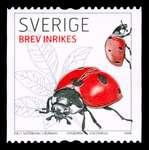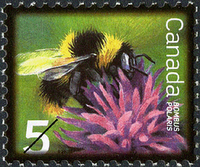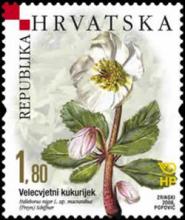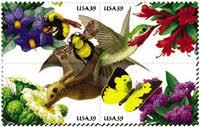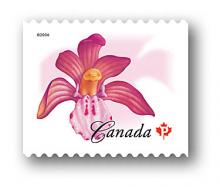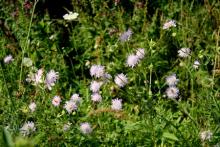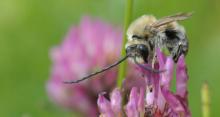Biodiversity and biological control
- Lees meer over Biodiversity and biological control
- Login om te reageren
Agricultural intensity on the local field or farm scale and on the regional landscape scale affects the organisms utilizing the arable landscape, and may affect ecosystem services and functions. This thesis examines how plants, birds, community composition of ground beetles, and biological control of cereal aphids are affected by local agricultural intensity, organic farming and the surrounding landscape in Sweden and across Europe. The contribution of naturally occurring predator groups to the control of cereal aphid populations in complex and simple arable landscapes is also examined.

